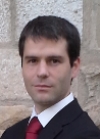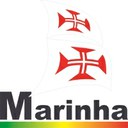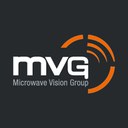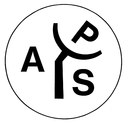THz Technology and Instrumentation
Miguel Navarro-Cía
Imperial College London, United Kingdom
Miguel Navarro-Cía received the M.Sci. and Ph.D. degrees in Telecommunication Engineering, and M.Res. degree in Introduction to Research in Communications from the Universidad Pública de Navarra, Spain, in 2006, 2010 and 2007, respectively. He is Junior Research Fellow in the Optical and Semiconductor Devices Group, Imperial College London. He is also affiliated with the Centre for Terahertz Science and Engineering, and the Centre for Plasmonics and Metamaterials at Imperial College London, and as a Visiting Researcher with the University College London. Previously, he was a Research and Teaching Assistant at Universidad Pública de Navarra (2010-2011) and a Research Associate at Imperial College London (2011-2012) and University College London (2012). He worked as a Visiting Researcher at University of Pennsylvania for 3 months in 2010, at Imperial College London in 2008, 2009 and 2010 for 4, 6 and 3 months, respectively, and at Valencia Nanophotonics Technology Center for 2 months in 2008. His current research interests are focused on terahertz near-field time-domain microscopy, plasmonics, metamaterials, antennas, complex surface waves, and frequency selective surfaces.
Abstract
Given the saturation of the microwave spectrum and the increasing demand of data speed, wireless communications are being moved beyond microwaves into the millimetre-wave and teraherz (THz) regime. Meanwhile, THz is becoming key for security screening because of its better resolution and material penetration compared to microwaves, see Fig. 1. In all these applications, engineers play an important role for the modelling of the propagation channel and the design of components and systems. Thus, an increasing demand of engineers with device and system expertise on THz is foreseen for the next years.
This Short Course aims to provide an opportunity for attendees to familiarize with THz technology and instrumentation (continuous-wave and pulsed, comercial and non-commercial) in general, and in particular to near-field time-domain microscopy, see Fig. 2. The characterization of THz waveguides and Zenneck surface waves on bow-tie antennas will be used as practical example of the usefulness of the technique.
By the end of the Short Course participants will be better able to:
- Classify the different commercial THz instruments according to their THz generation and detection.
- Reflect upon the attendee’ beliefs about the challenges in THz technology.
- Consider time-domain approach instead of the continuous-wave approach to test components.
- Adopt a critical attitude towards scaling down/up microwave/optical designs for THz.
The Short Course will cover the following sections
- Why THz now? Historic introduction of THz science and technology. Current applications and potential opportunities. Challenges from the material point of view. Considerations for modelling/simulations.
- Type of instruments: continuous-wave, CW, (preferred by EE/Antenna engineers) vs. time-domain, TDS (preferred by optical engineers). Commercial instruments. My own experience: CW-ABmm, TDS-Teraview and non-commercial near-field TDS.
- TDS: generation & detection
- Near-field microscopy:
- Aperture-based vs. scattering-based.
- Understanding the subwavelength-aperture-based THz nearfield
- microscope.
- Applications:
- Propagation in waveguides: parallel-plate and dielectricline hollow metallic waveguides.
- Zenneck surface waves.



































